Yumyeong Hoegwan (유명회관)
18.3Km 2021-05-14
18, Geumnam-ro 131 Beon-gil, Buk-gu, Gwangju
+82-62-512-5574
Even before the mad cow disease crisis, Yumyeong Hoegwan has only been serving locally-bred hanu beef. The fresh meat, sirloin, and prime ribs are delicious and they also use rice and kimchi made in Korea. The restaurant has a lot of business and group customers, but it is also good for family occasions, wedding receptions, and other social gatherings.
Dinosaur Tracksite of Hwasun, Seoyu-ri (화순 서유리 공룡발자국화석 산지)
18.4Km 2020-02-25
2080, Baega-ro, Hwasun-gun, Jeollanam-do
The Dinosaur Tracksite of Hwasun was discovered in 1999 during a land survery for the construction of Hwasun Hot Springs Area. Most dinosaur tracks found in Korea are located in coastal areas in cities like Haenam and Boseong, so the discovery in the inner region of Jeollanam-do was a first. Most prints here come from carnivorous dinaosaurs of the Cretaceous period. The site is famous for there being tracks from no fewer than five different dinosaurs, as well as for being one of the longest trails and most direct examples of the exact movements of the dinosaurs. The tracks of one dinosaur are the longest in the world, stretching for 40 meters. Based on the foot size of 20-22 centimeters with a stride of approximately 90 centimeters, it is estimated that the prints were formed by a 4-5 meter tall Koolasuchus. In addition to the canivorous dinosaurs, tracks were found of 12 herbivorous dinosaurs, as well as fossilized plants. These plants offer much assistance in the research of herbivorous dinosaur diets.
Cheongchun Balsan Village (청춘발산마을)
18.4Km 2024-10-22
12-16 Cheonbyeonjwa-ro, Seo-gu, Gwangju
Balsan Village is a representative neighborhood of Gwangju and is a prime example of how something amazing can come out of something bad. First settled by Korean war refugees, the small houses jam-packed on a hillside attracted young people looking for work in the 1970s and '80s, mainly females working in the garment factories nearby. Recently, the addition of colorful murals and public spaces has given the village a breath of new life.
Zipper House (여행자의 집)
18.4Km 2025-02-04
137-17 Donggyecheon-ro, Dong-gu, Gwangju
Zipper House is a multi-purpose cultural space that provides tourists with tourism information and convenient facilities, hosting various events and programs. The two-story building, adorned by a large red ribbon, features a gift shop selling souvenirs of Gwangju and Dong-gu, a campsite-like lounge and terrace, and a snack bar offering refreshments such as toast and coffee.
Bium Museum (비움박물관)
18.5Km 2025-01-02
143-1 Jebong-ro, Dong-gu, Gwangju
Opened in 2016, the Bium Museum is a folk museum showcasing around 30 thousand Korean modern and traditional artifacts collected by Lee Young-hwa for about 50 years. The art pieces portray the life of poor commoners in the agricultural era before Korea went through industrialization, allowing visitors to get a glimpse of the adaptability and resilience of people in hard times.
Eunam Museum of Art (은암미술관)
18.5Km 2025-01-02
8-12 Seoseok-ro 85beon-gil, Dong-gu, Gwangju
Opened in 2010, the Eunam Museum of Art offers a range of exhibitions, including permanent exhibitions and invitational exhibitions, humanities lectures, and concerts, and provides a cultural space for people to connect. It also runs international exchange exhibitions and residency program inviting artists from the country and abroad.
Chireunsibill (치른시빌)
18.5Km 2024-10-10
10 Seoseok-ro 85beon-gil, Dong-gu, Gwangju
Chireunsibill was founded in 2022, offering educational programs and art kits with young artists both online and offline. The educational programs are open to all , and cover a wide genre of art types, from painting to music. It is a popular attraction for travelers with children.
Jeil Banjeom (제일반점)
18.6Km 2024-03-20
174 Guseong-ro, Dong-gu, Gwangju
062-224-6670
Located on Chungjang-ro Street in Gwangju, Jeil Banjeom has been a culinary staple since the 1960s. Operated by a Chinese immigrant, it has garnered popularity for its traditional dishes. The signature yennal jjajang is a classic take on black bean sauce noodles, featuring stir-fried black bean paste, a mix of vegetables, potatoes, and specially selected cuts of pork. Another highlight is the tangsuyuk, a dish of deep-fried pork sirloin coated in a sweet and sour sauce. A local favorite, the restaurant is known for being particularly bustling during lunch hours.
Gwangju Art Street (광주 예술의 거리)
18.6Km 2020-06-19
24, Yesul-gil, Dong-gu, Gwangju
+82-62-942-6160
Gwangju Art Street is aimed at developing Gwangju’s traditional art scene through exhibition of local work. The street is 300m long and located behind Jungang Elementary School, nearby Gwangju Dongbu Police Station. Items commonly found here include Korean fine art such as paintings, ceramics, writings, and industrial art.
Every Saturday, an art flea market famous for its unique pieces is held here. People from all over the nation gather to display items that include old calligraphy materials, collector coins, stone hairbrushes, Chinaware, wooden sculptures, folk drawings, classic books, ink, and incense burners. Part of the attraction is the stories the collectors share with each part of their collection. Enjoy the many shows and exhibitions that draw regular crowds to this famous road.
The Mudeung art exhibit operates according to districts, and functions as a cultural festival as well. The outdoor exhibition was built in February 1995, and is open throughout the day. The large exhibition space has 32 booths and regularly holds special exhibits. Many regional cultural treasures are also on display here. Every Saturday, the Street of Fine Arts is blocked from traffic, and people gather to share and enjoy art culture. Gwangju Summer Universiade will be held this summer, 2015.
May 18 Democracy Square (5.18 민주광장)
18.6Km 2020-06-09
38, Munhwajeondang-ro, Dong-gu, Gwangju
+82-62-613-2082
Stretching from the former Jeollanam-do Provincial Government Office to the Geumnam-ro area, this famous plaza is where the landmark May 18th Democratic Uprising took place. In May 1980, the Jeollanam-do Provincial Government office building was the headquarters of the civil resistance movement and the scene of a number of rallies. The plaza has been officially known as the May 18 Democracy Square since 1996.
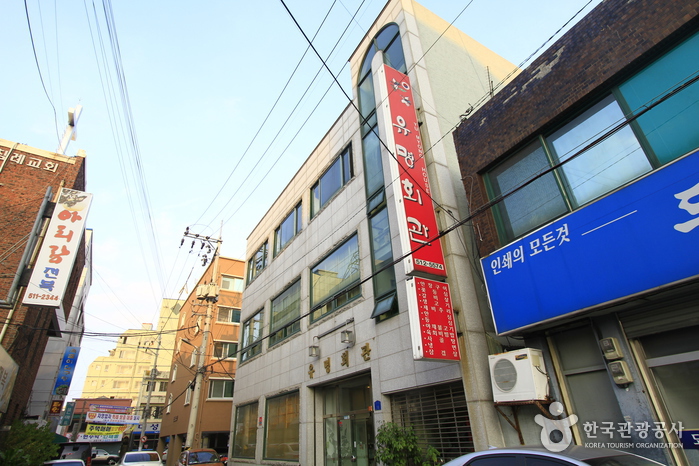
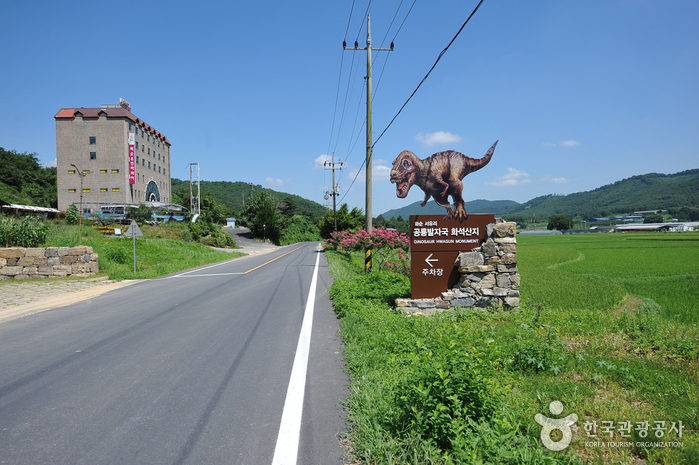
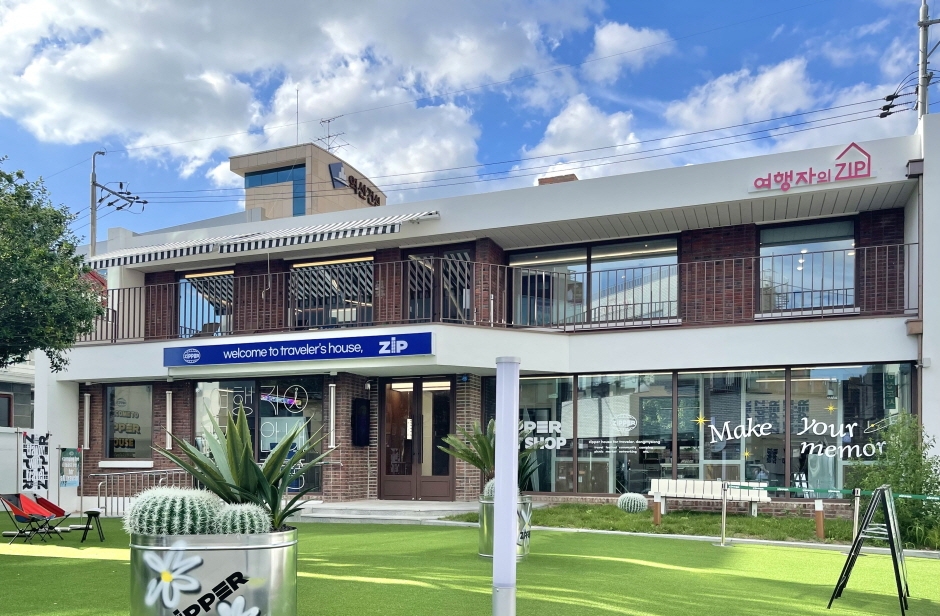
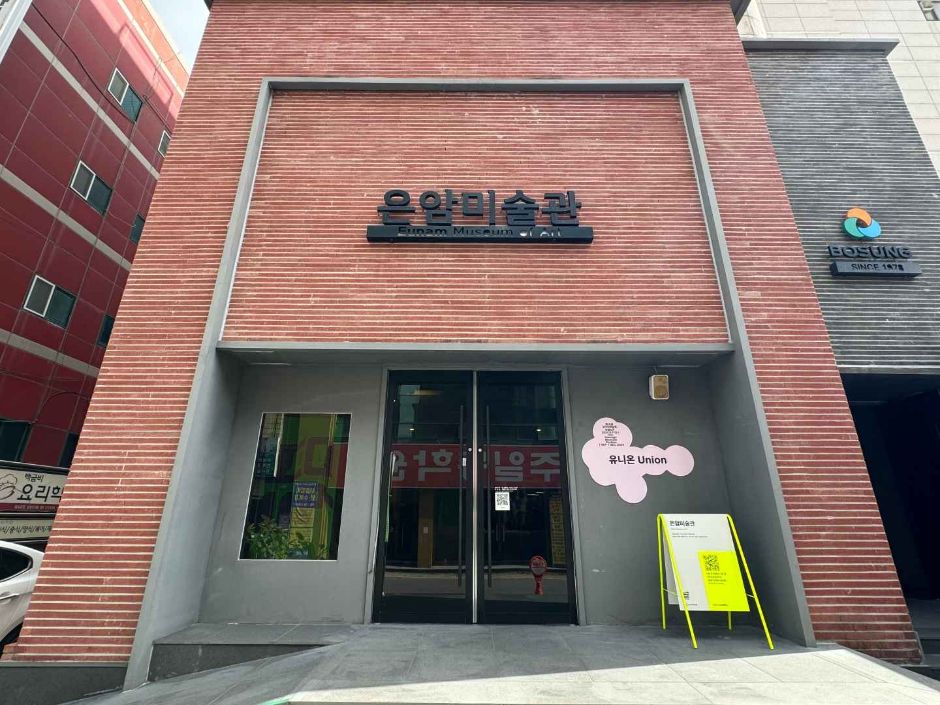
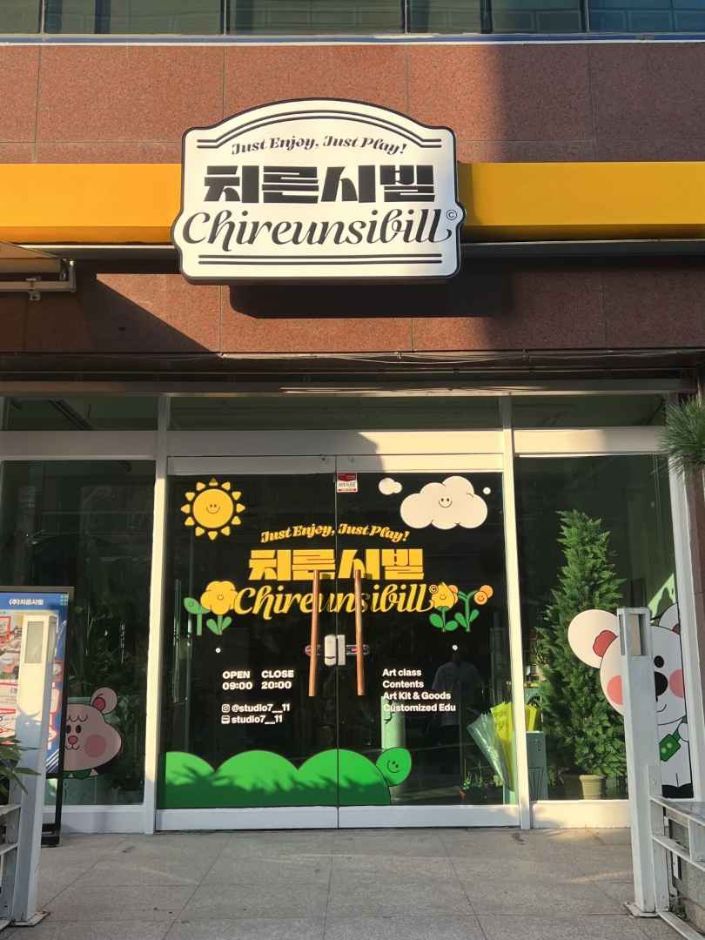
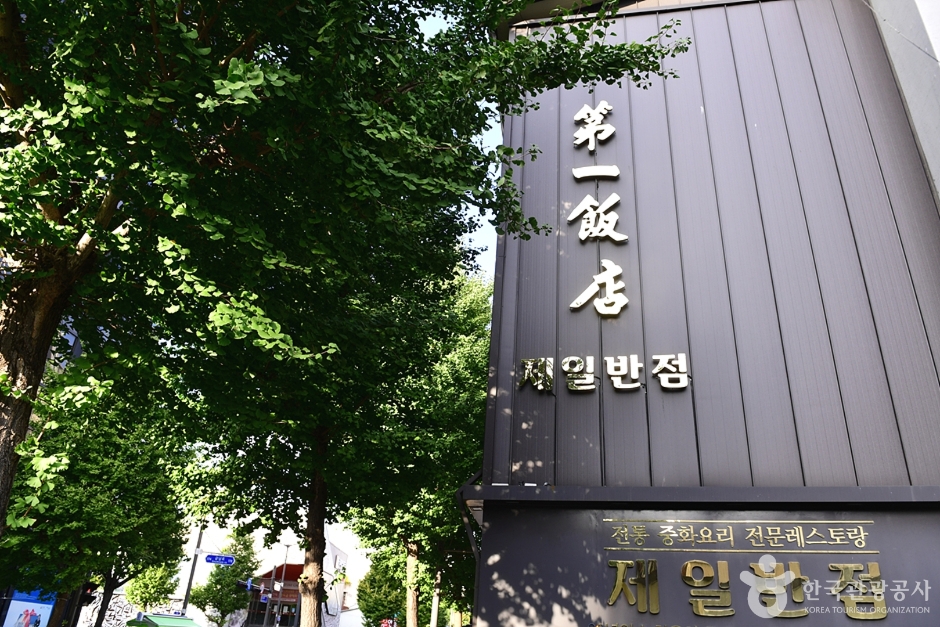
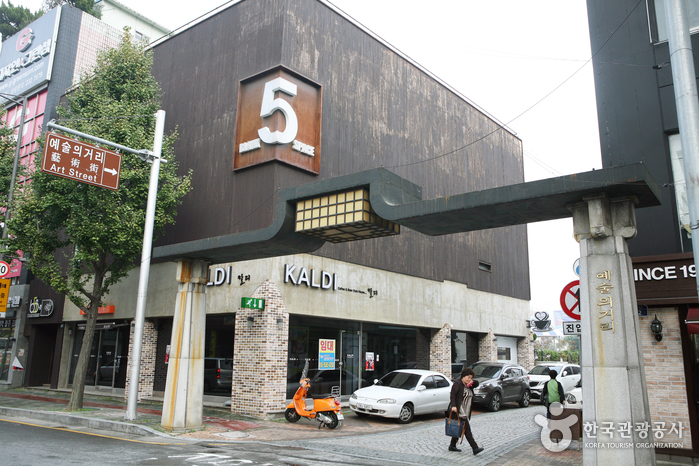
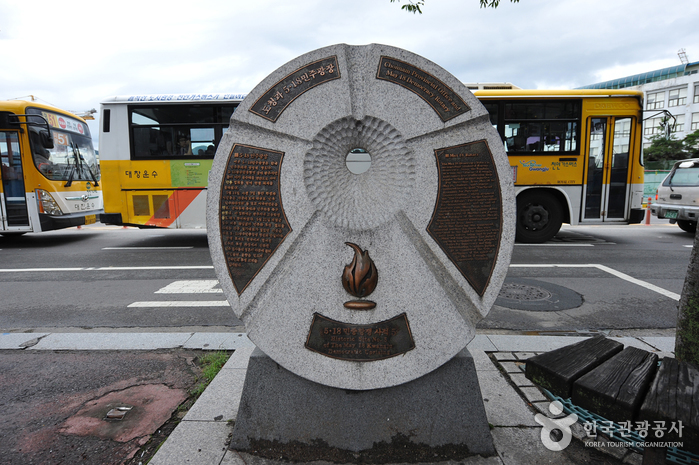
 English
English
 한국어
한국어 日本語
日本語 中文(简体)
中文(简体) Deutsch
Deutsch Français
Français Español
Español Русский
Русский